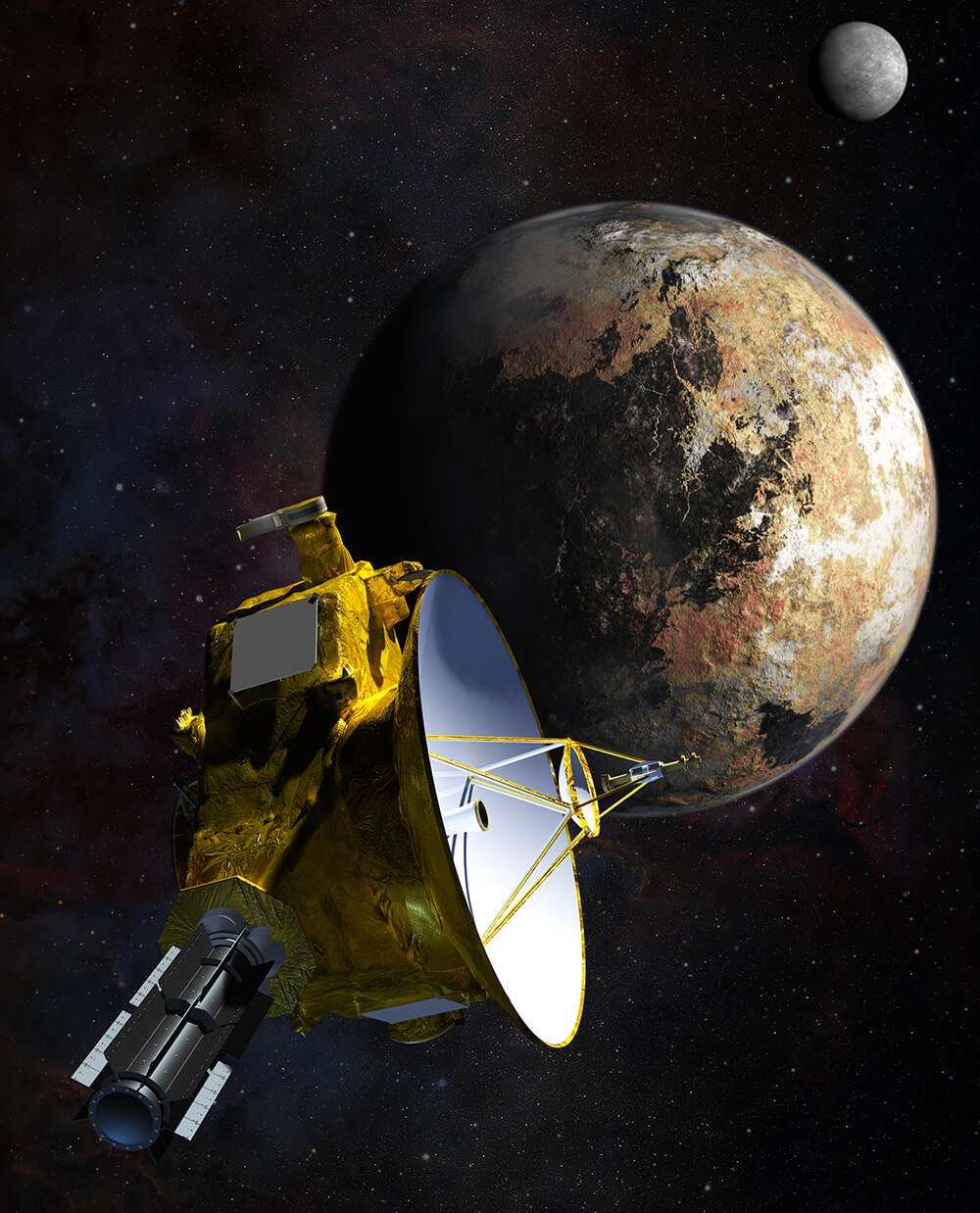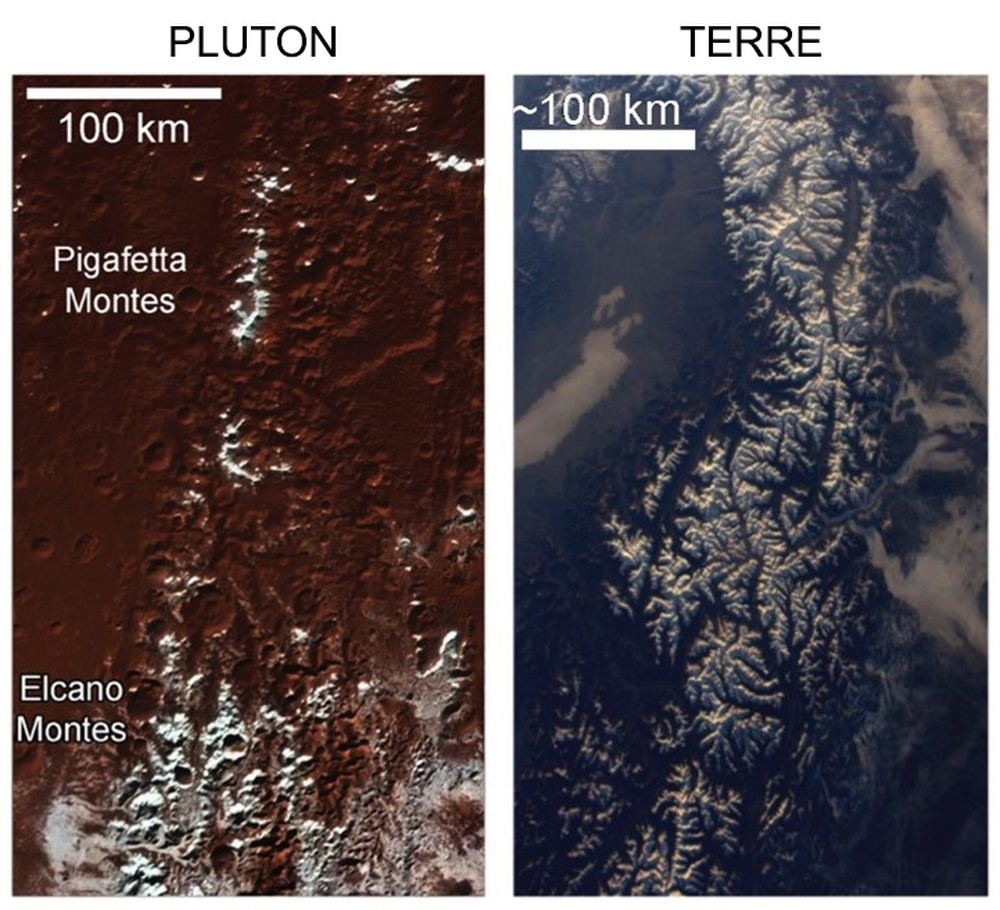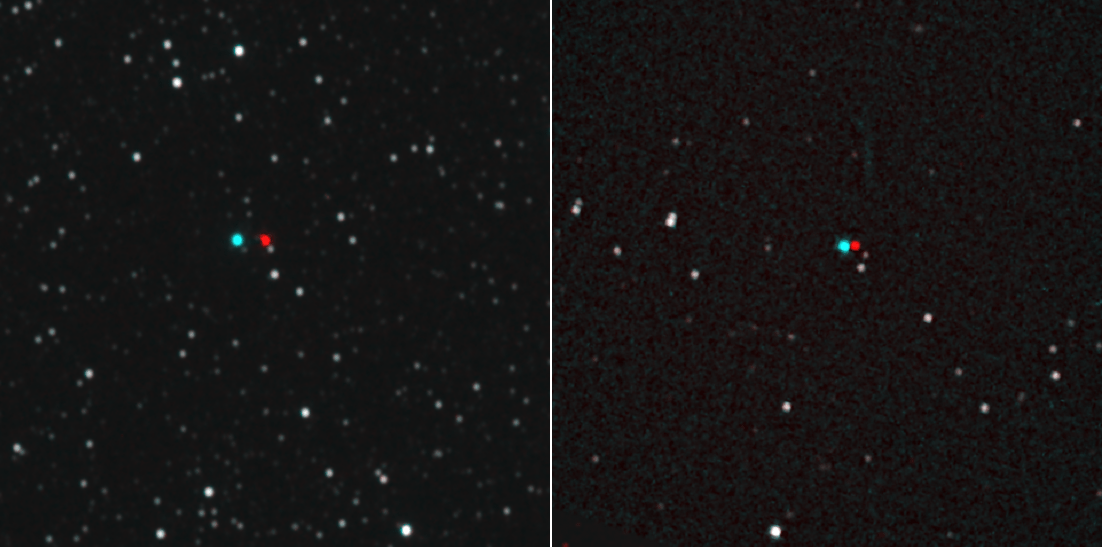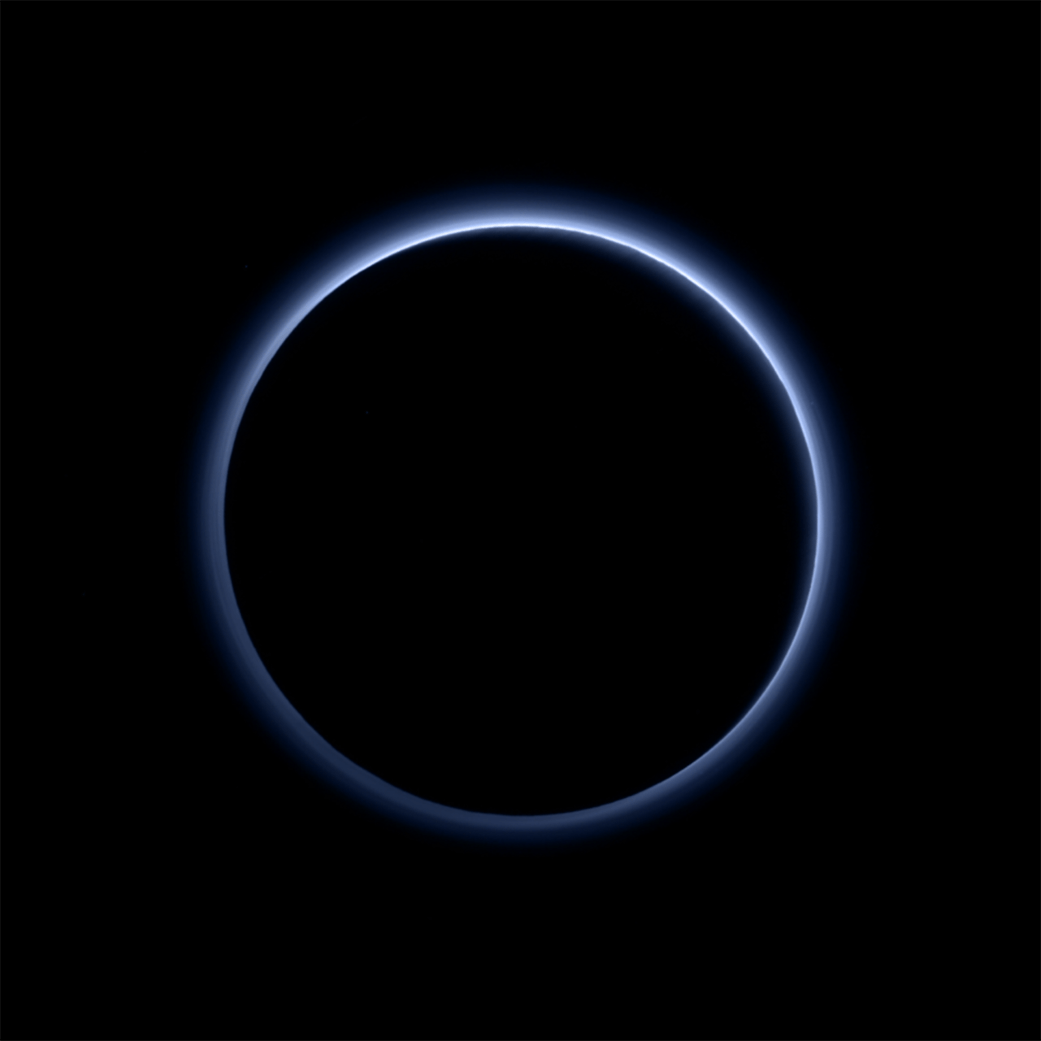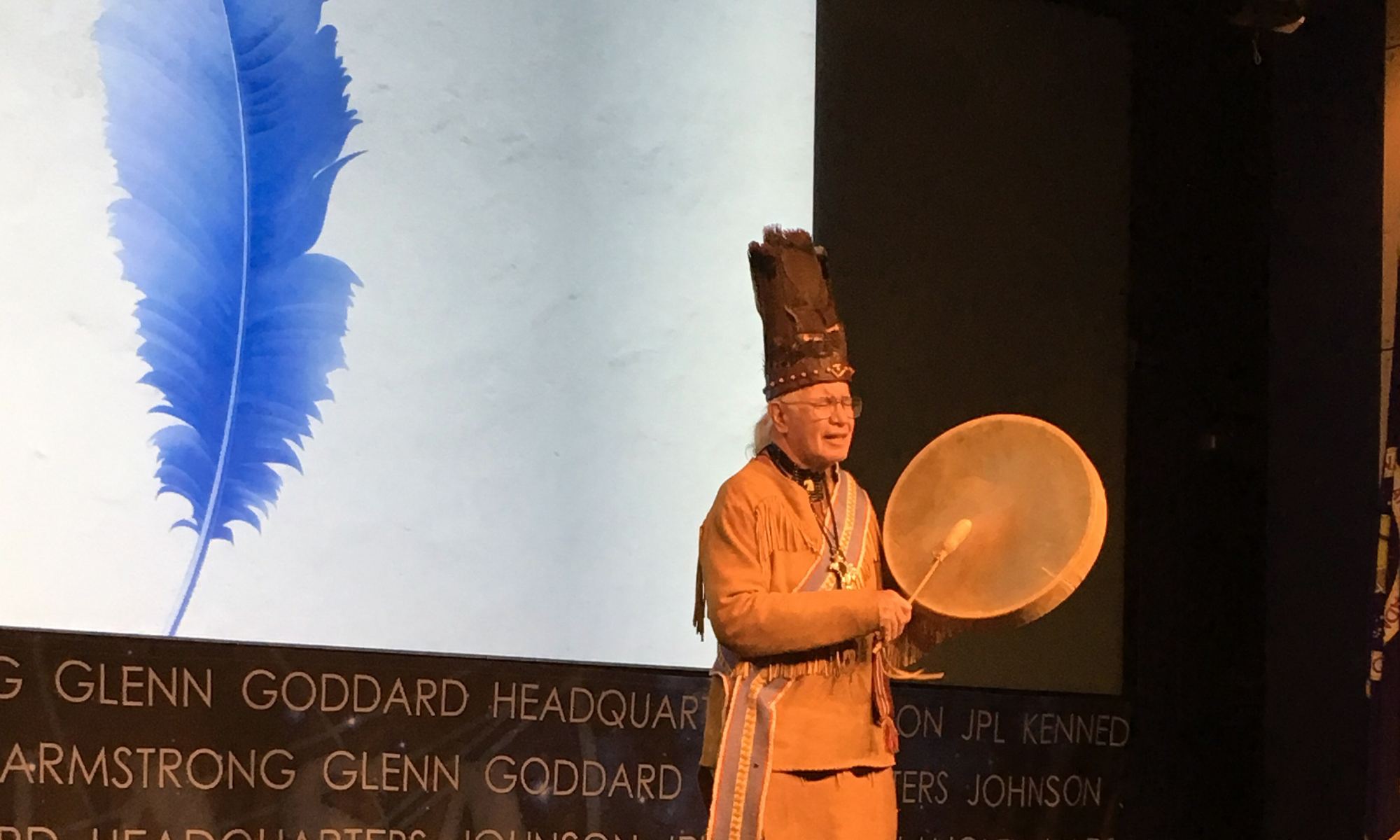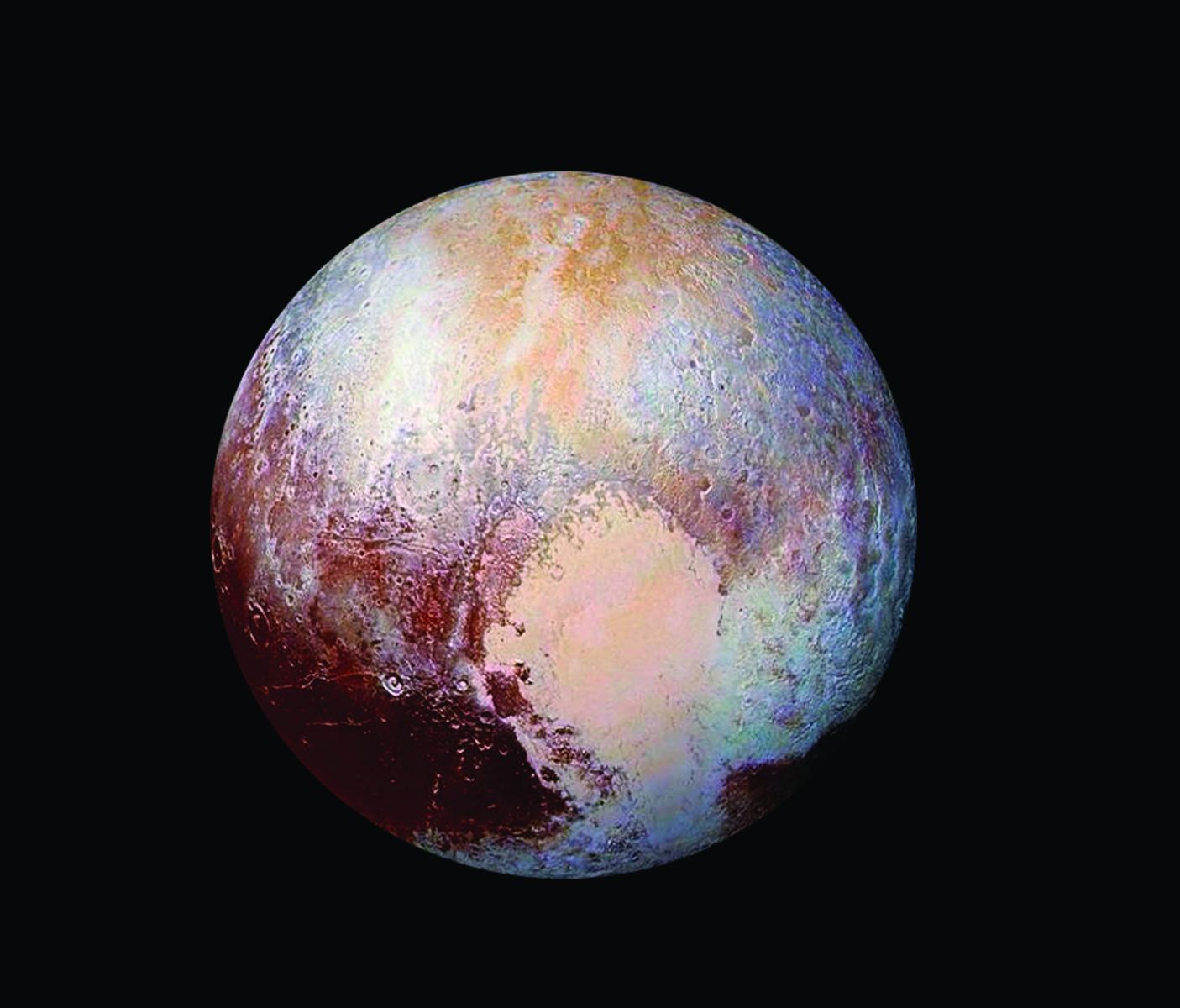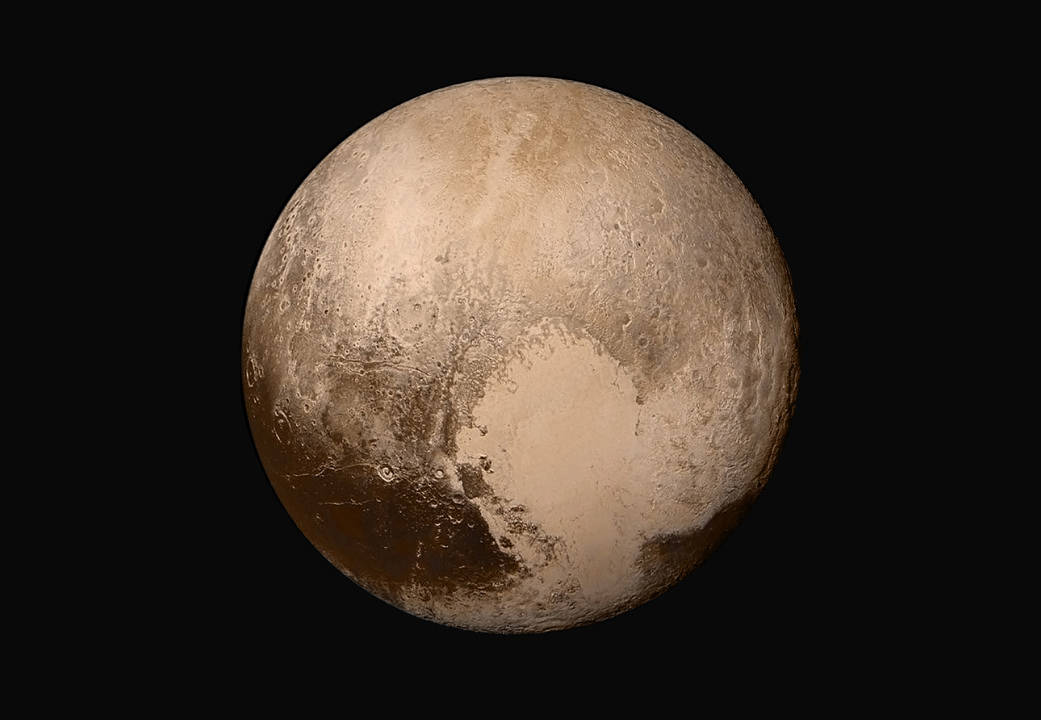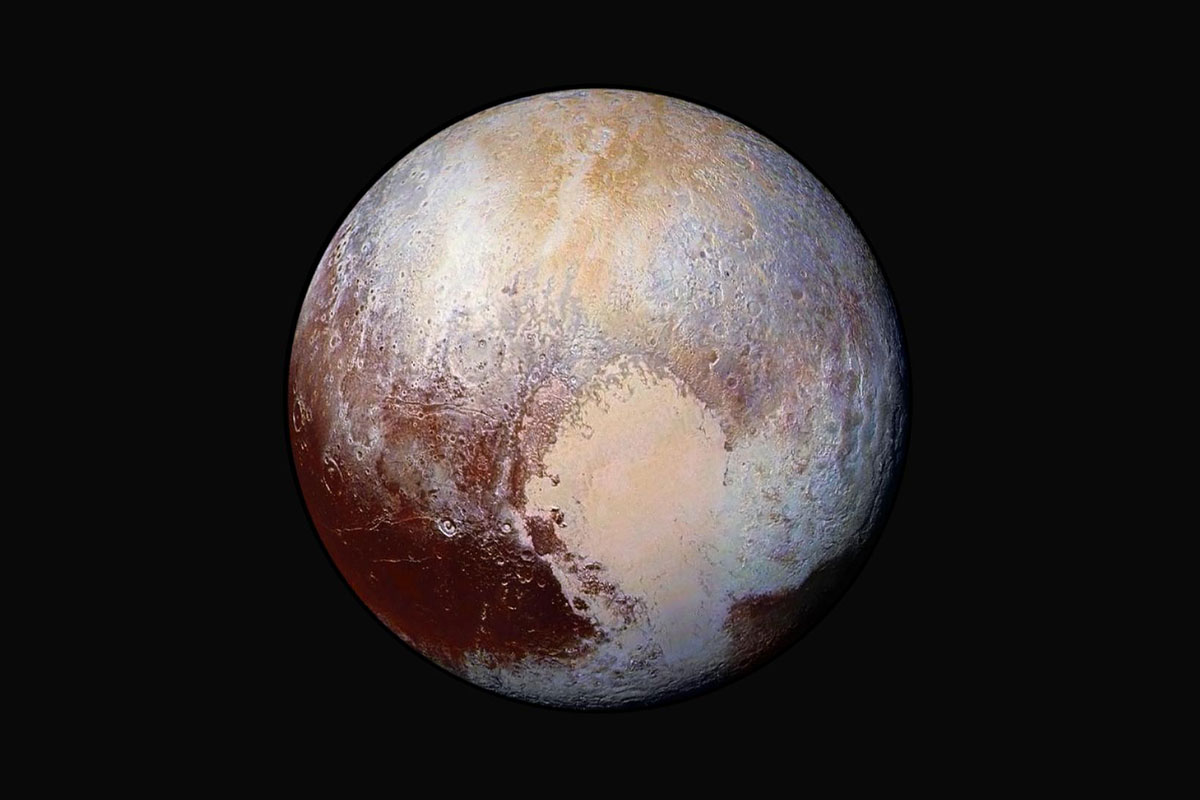In July of 2015, NASA’s New Horizons probe made history when it became the first mission ever to conduct a close flyby of Pluto. This was followed by the spacecraft making the first-ever encounter with a Kuiper Belt Object (KBO) – known as Arrokoth (aka. 2014 MU69) – on Dec.31st, 2018. In addition, its unique position in the outer Solar System has allowed astronomers to conduct rare and lucrative science operations.
This has included parallax measurements of Proxima Centauri and Wolf 359, the two closest stars to the Solar System. In addition, a team of astronomers led by the National Optical Astronomy Observatory (NOAO) and Southwest Research Institute (SwRI) used archival data from the probe’s Long Range Reconnaissance Imager (LORRI) to conduct measurements of the Cosmic Optical Background (COB).
Continue reading “New Horizons Saw the Universe With Even Less Light Pollution than Hubble’s View”
